By Andrea Crook, P.Geoph.
Over the past 10 years, land seismic acquisition has changed significantly. Nodal/cable-less systems have broadly replaced cabled systems, vibroseis sources have replaced explosive sources even in areas with difficult terrain, and high-density seismic programs are becoming commonplace. This article, based on the Chief Geophysicists Forum presentation “Top 5 Innovations in Geophysical Acquisition”, will provide a brief overview of some of the “new-to-Canada” technologies.
Although high density 3D seismic surveys have been acquired successfully for many years outside of Canada, the technology to acquire these surveys for Canadian programs has only recently been tested and implemented resulting in significant data quality improvements. Advances in equipment technology are enabling the acquisition of lower/higher frequencies in datasets and the ability to deploy equipment in rugged terrain conditions. New methods have been developed to reduce costs and environmental impact, to maximize field efficiencies, and to optimize processing algorithms. These changes in field operations have revolutionized survey design with high-density geometries providing amazing improvements in data resolution while minimizing field costs. All of these methods, however, result in the acquisition of significantly larger datasets with the volume of some land surveys now in the 100’s of terabytes of data. These larger data volumes provide incredible resolution and improved drilling results, but also require more storage capacity, both during processing and for data archiving.
Seismic receiver technology is constantly advancing with new, smaller, high-fidelity geophones becoming available in the large quantities needed for high-density surveys. Although 10 Hz geophones are currently the standard used in Canada, 5 Hz geophones are becoming more common-place (Figure 1). Testing results indicate that more low frequencies (<15 Hz) and mid-range frequencies (80-120 Hz) can be achieved with 5 Hz geophones (Figure 2), but 10 Hz geophones tend to out-perform 5 Hz analog geophones at frequencies >150 Hz.
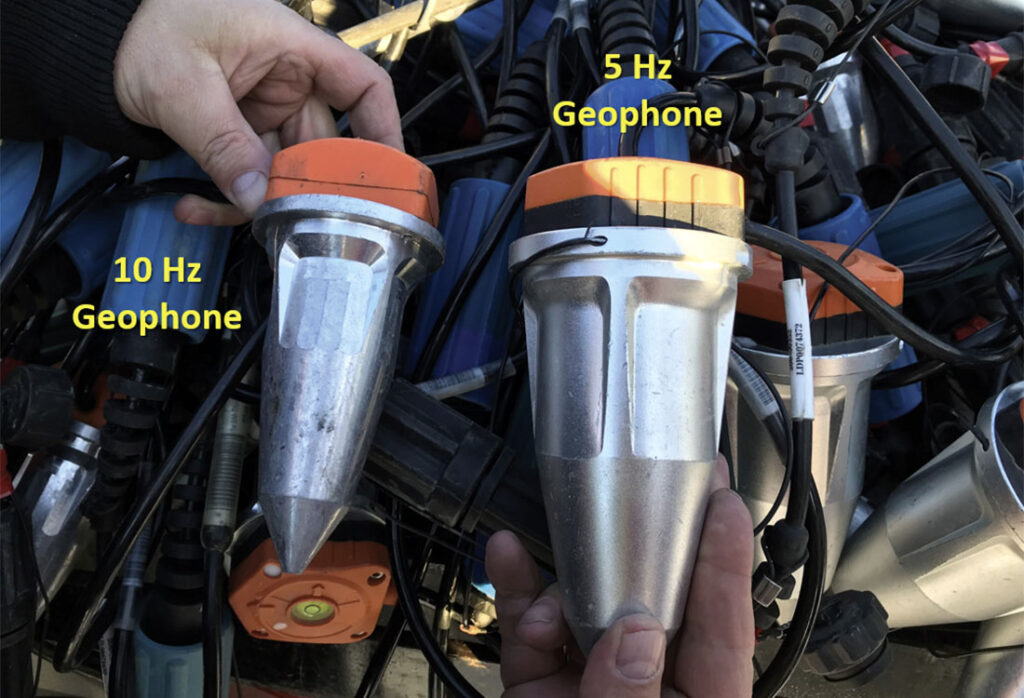
Figure 1. Example of a 10 Hz and a 5 Hz geophone.
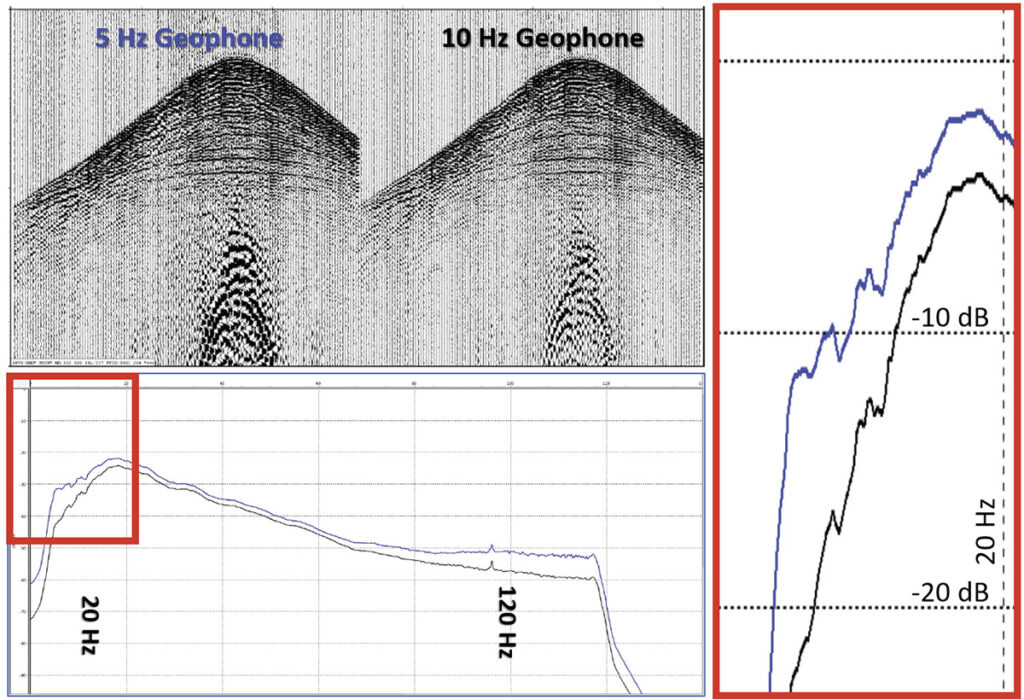
Figure 2. Shot records comparing 5 Hz (left, blue) and 10 Hz (right, black) geophone response. Note the improvement in low frequencies.
The use of vibroseis sources has enabled the acquisition of extremely high-density surveys, but in the past these surveys were limited to areas with minimal elevation changes and no tree-cover. Although small “mini-vibes” existed that could be used on narrow cut lines, the low peak force (~10,000 lb) and older hydraulics often limited the low frequency response and the depth of signal penetration. New developments have resulted in mini-vibes with higher peak force (15,000, 26,000, and more recently 34,000 lb), improved frequency bandwidth (1.5-300 Hz), and greater depth of signal penetration (up to 3 km) (Digital Energy Journal, 2010) (Figure 3). With the improvement in technology, it is now possible to acquire large-scale seismic surveys utilizing mini-vibes in heavily forested regions of Canada (Figure 4).
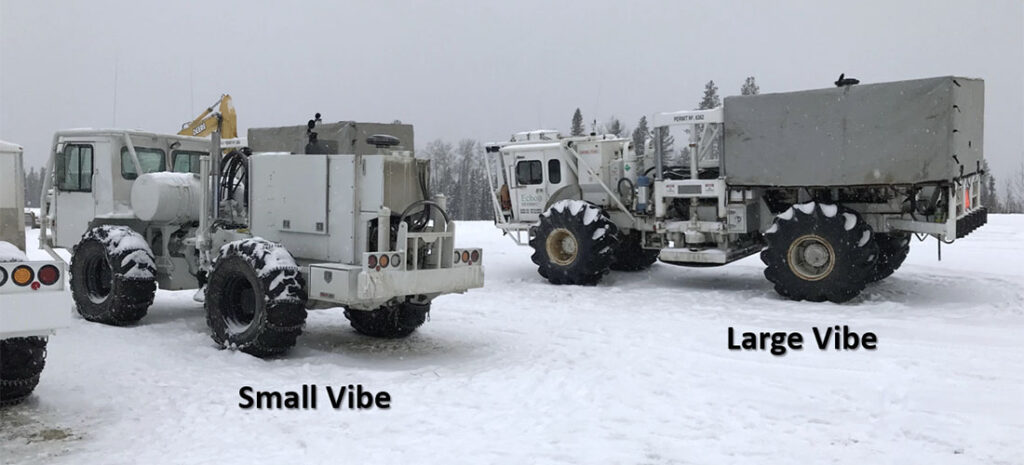
Figure 3. Photo illustrating the size difference between a small vibe (ivi envirovib 2 30,000 lb peak force) and a large vibe (Mertz18 40,000 lb peak force).
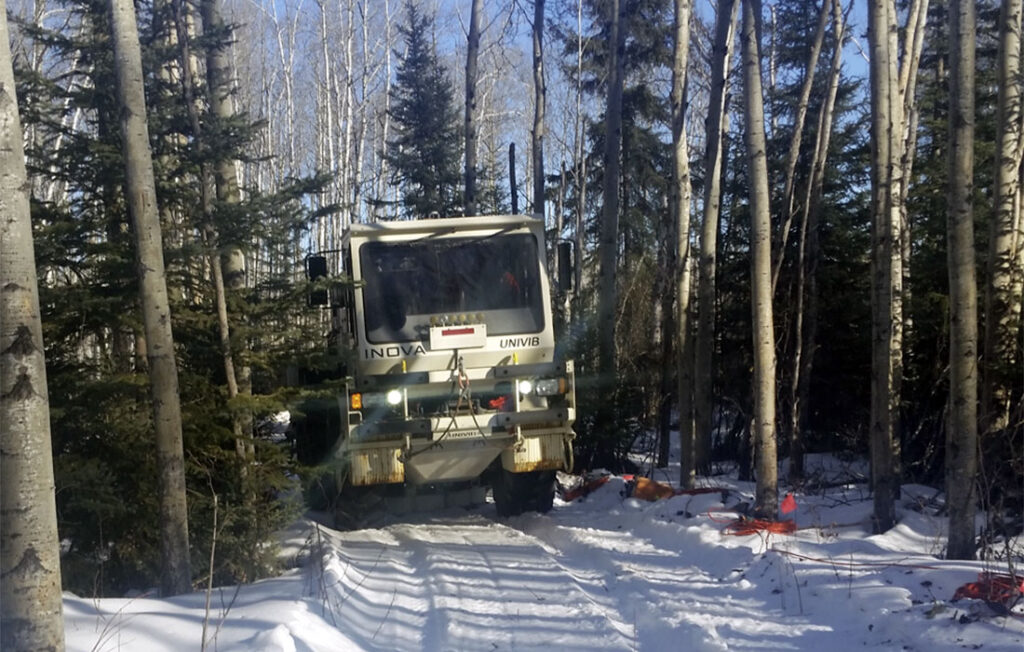
Figure 4. Mini-vibe traveling on a narrow cut line.
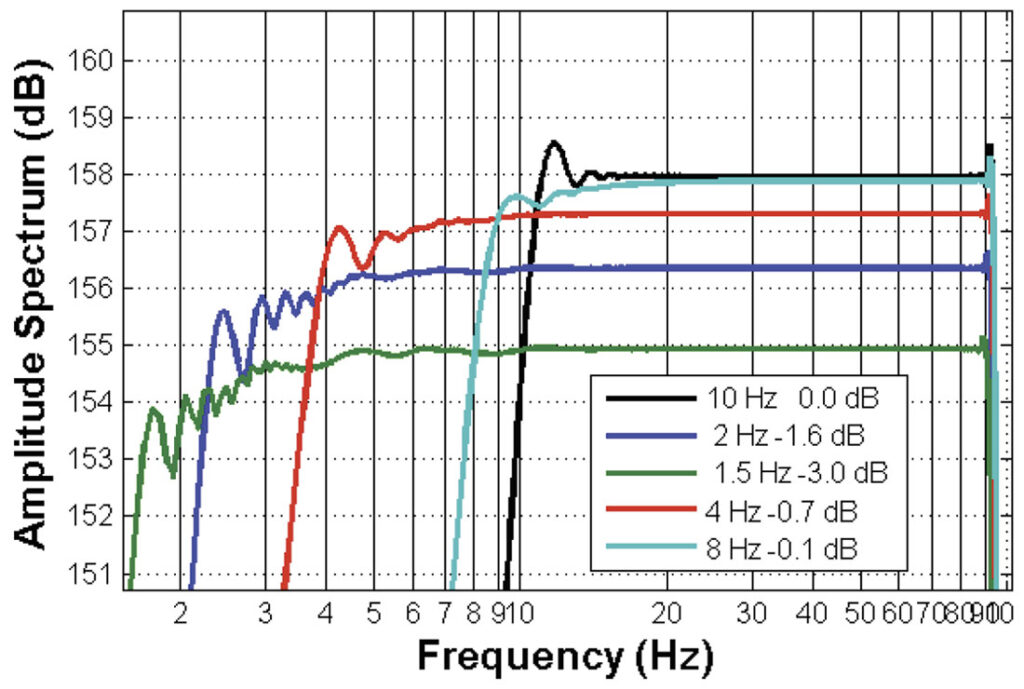
Figure 5. Amplitude spectra for several starting frequencies: 10, 8, 4, 2, and 1.5 Hz. From Winter, et al (2014) GeoConvention Technical Abstracts.
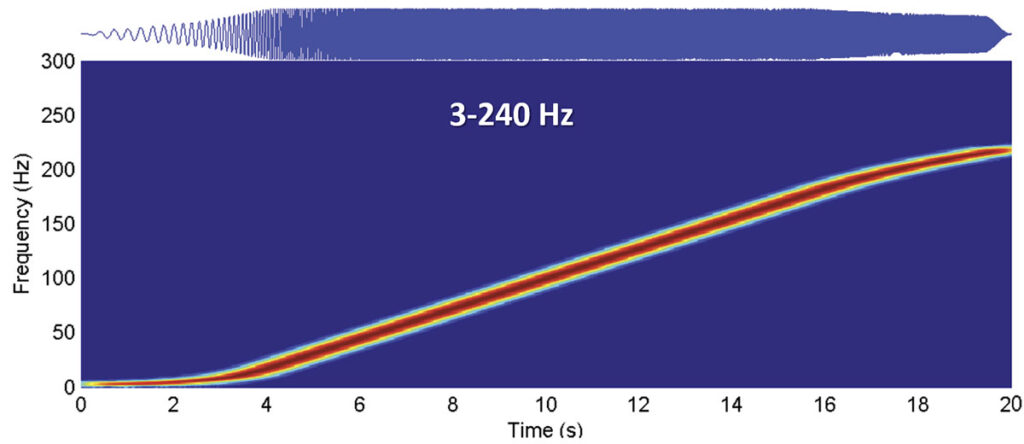
Figure 6. Custom sweep (CGG, non-linear, low-dwell “EmphaSeis™“) designed to maximize low and high frequency response.
Traditionally, the surveying of sources and receivers is conducted at the beginning of field operations (in open areas) or after line clearing (in areas with trees), and each surveyed location is marked with stakes (wooden laths) or pin flags (Figure 7). For vibroseis operations, once surveying of an area is complete, the recording crew lays out equipment at each staked receiver location, and the vibroseis source is driven to each staked source location and shakes adjacent to the stake.
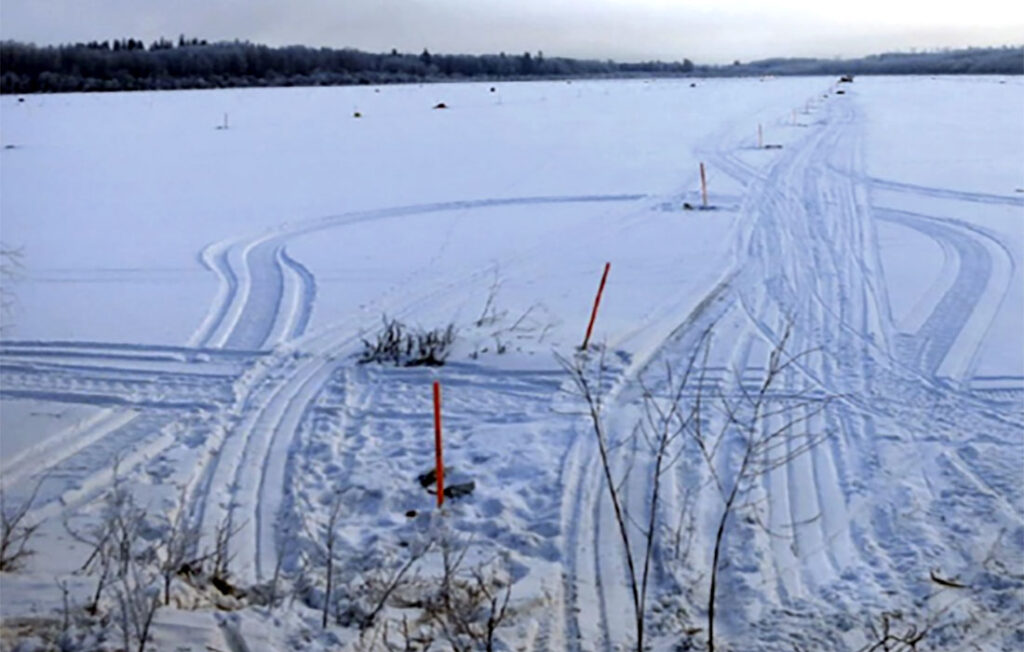
Figure 7. Survey example illustrating the use of survey stakes
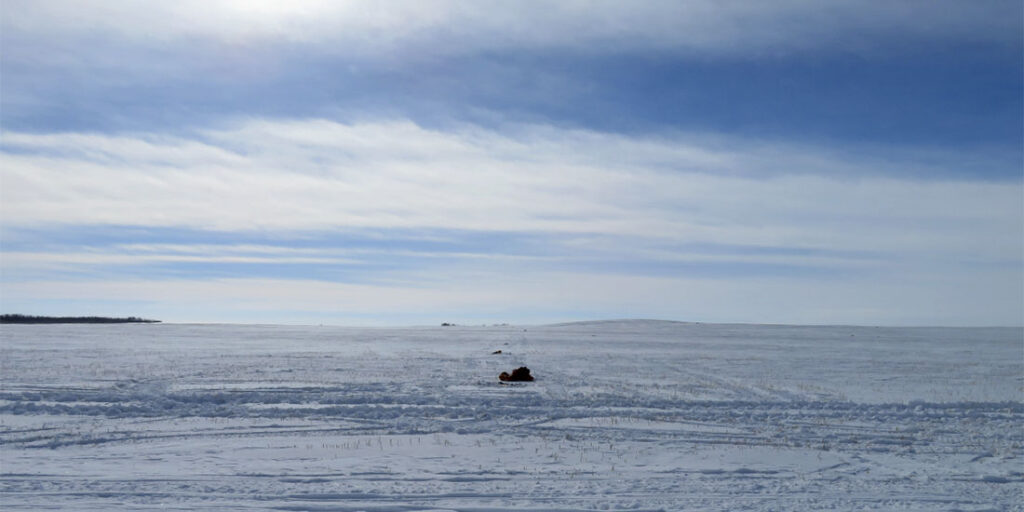
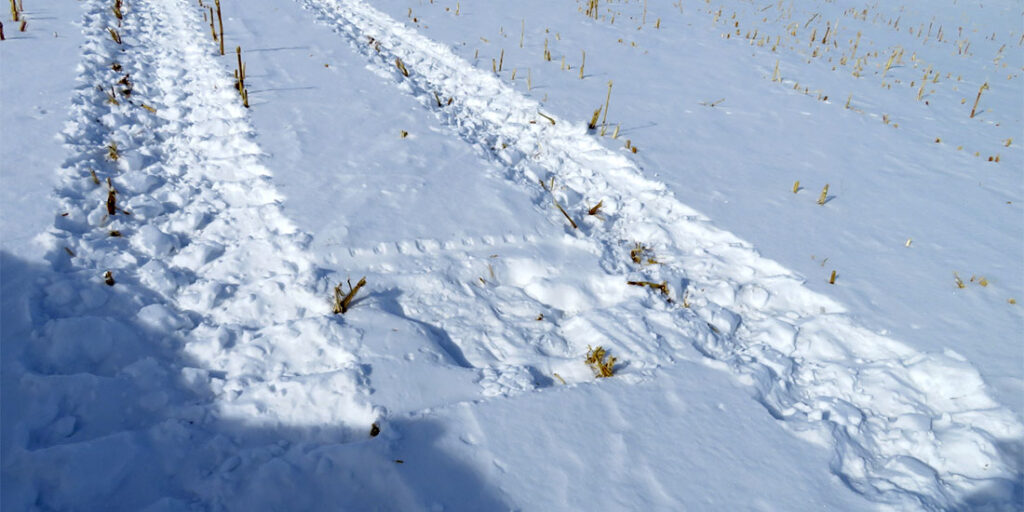
Figure 8. Receiver (top) and source (bottom) locations for a stake-less survey.
Two challenges exist with stake-less surveying: (1) accurately navigating to stake-less locations to deploy equipment and (2) maintaining survey accuracy. In open areas without any tree canopy, this is relatively easy, but in areas with extensive canopy, both navigating to a location and acquiring accurate survey at the location can be difficult.
If the stake-less survey is conducted prior to recording, then accurate navigation to the stake-less receiver locations to place the geophones is required. Depending on the navigation system utilized (e.g. Real-time Kinematic, GPS) and the amount of canopy, accuracy may vary from centimetres to several metres. These potential errors need to be assessed relative to the station interval to determine if they are acceptable or not.
Stake-less surveying may also be implemented during recording operations. Accurate navigation to preplot is still required, but the surveyed location will be at the actual geophone location, which is beneficial. On large programs with limited recording time windows, it may be difficult to accurately survey quickly enough to keep up with the equipment layout/pickup, particularily in treed areas. Depending on the survey accuracy required, the GPS positioning of the nodes may also be utilized as part of the survey, but this requires quality control and it may be difficult to obtain the required accuracy in areas with canopy.
Most vibroseis trucks (vibes) are equipped with RTK (Real-time Kinematic) positioning enabling accurate navigation to source locations in open areas. The advantage of utilizing this methodology is that if ground conditions at the planned source location are poor, the vibes can move up to find better ground conditions and survey information will be available for this new location. (Note that stake-less survey operations are not yet recommended for explosive source surveys since most seismic drills are not equipped with accurate navigation systems.) As with the receiver survey, in open areas, reasonable accuracy can be achieved for the X and Y coordinates, but elevation (Z) may not be reliable due to the short occupation time at each station. One solution is to utilize LiDAR for elevation data. In areas with thick canopy, however, this method may not provide the necessary X, Y survey accuracy, for small station intervals.
As technology improves, it is expected that the accuracy of the various stake-less survey methods will improve. Methods for improving current stake-less survey practices include: extensive pre-field modeling, detailed hazard and exclusion mapping, utilizing LiDAR for elevation data, source/receiver line tracking, and quality control checks.
Conventional vibroseis operations typically involve positioning two to four (or more) vibes at the source location and then all vibes shake the same sweep at the same time. The sweep is usually repeated at each location anywhere from two to eight times (or in some cases more). After each sweep, there is a listen time equal to the desired record length. Once all repetitions at the source location have been completed, all the vibes move up to the next source location (Figure 9). In high density vibroseis operations, only a single vibe is used at each source location and only a single sweep is taken. To compensate for the lower signal strength at each source location, the survey is typically designed with higher source density (i.e. smaller station/line intervals). To increase efficiency in field operations, the sweeps are overlapped in time.
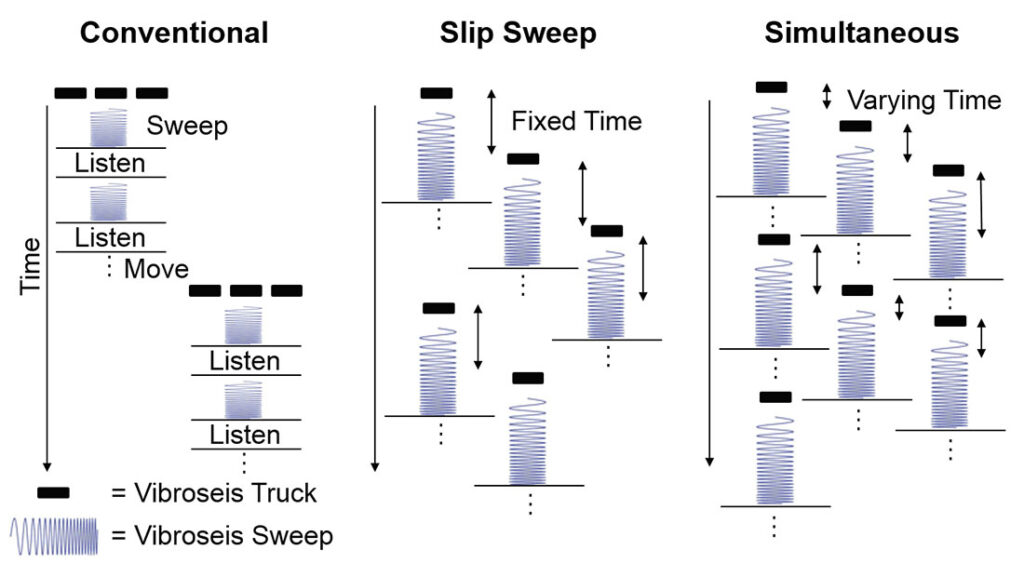
Figure 9. Difference between conventional (left), slip sweep (middle), and simultaneous source (right) vibroseis operations.
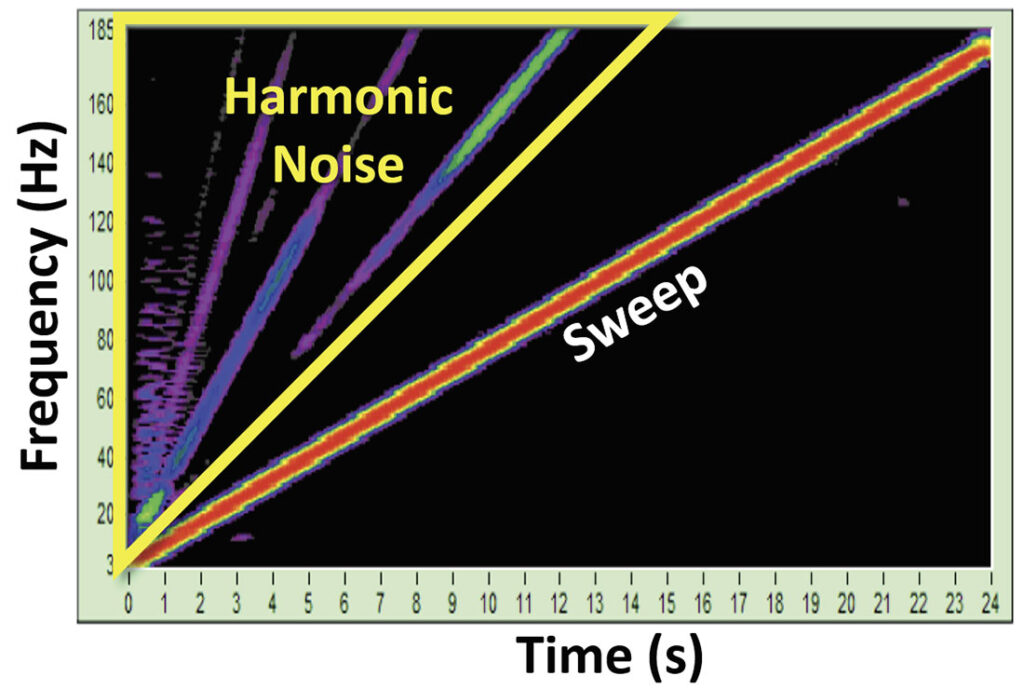
Figure 10. Harmonic noise displayed on a frequency-time plot.
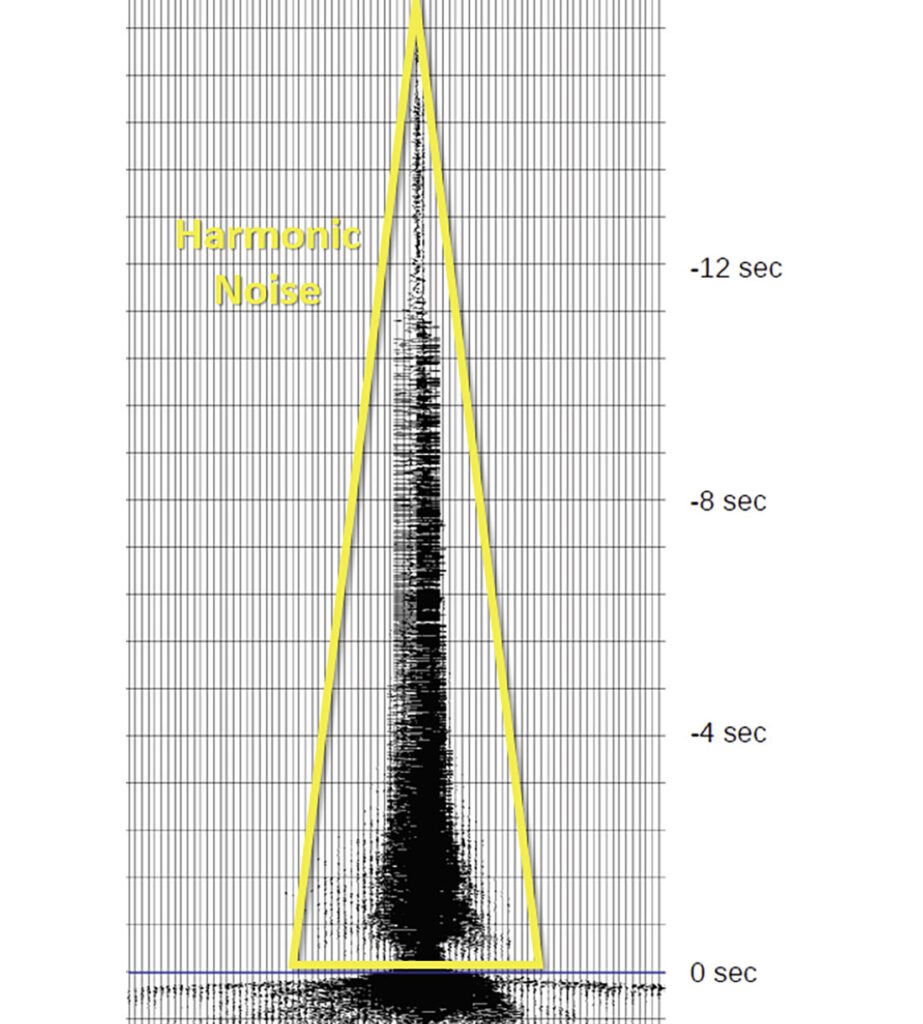
Figure 11. Correlated sweep illustrating harmonic noise in negative time.
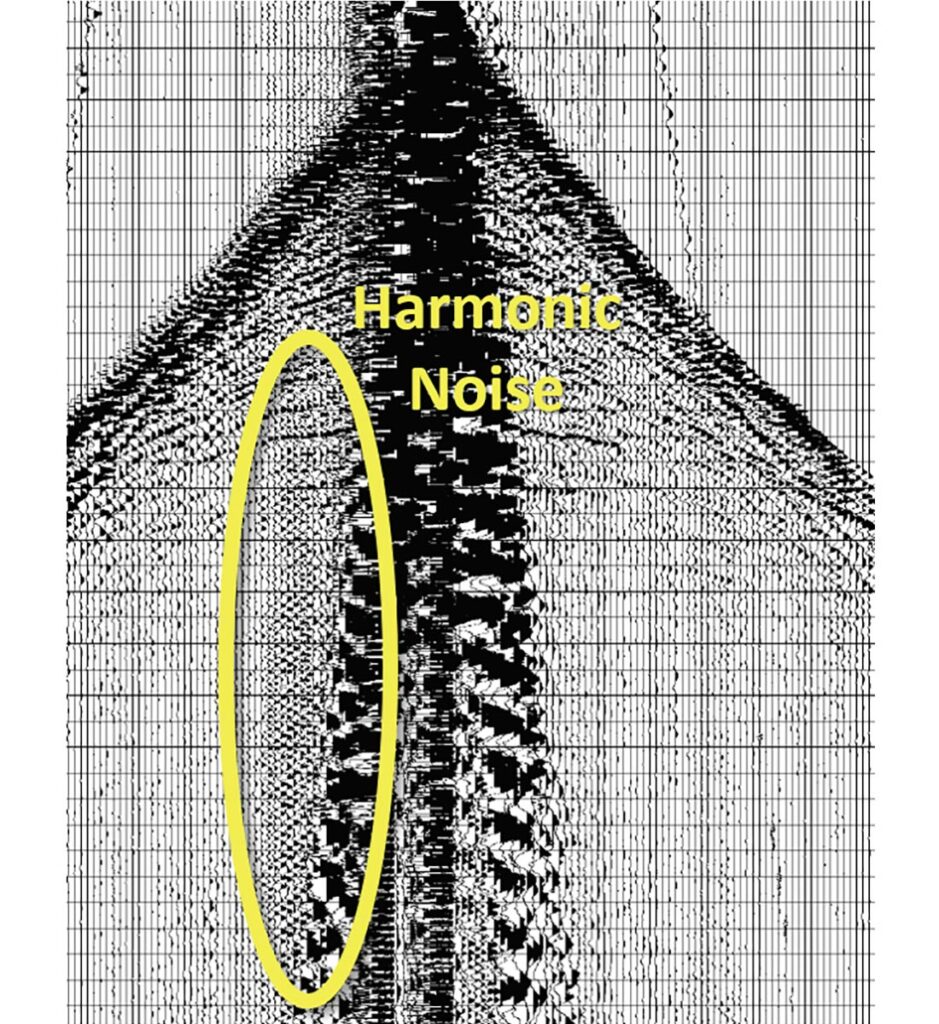
Figure 12. Shot record with harmonic noise contamination.
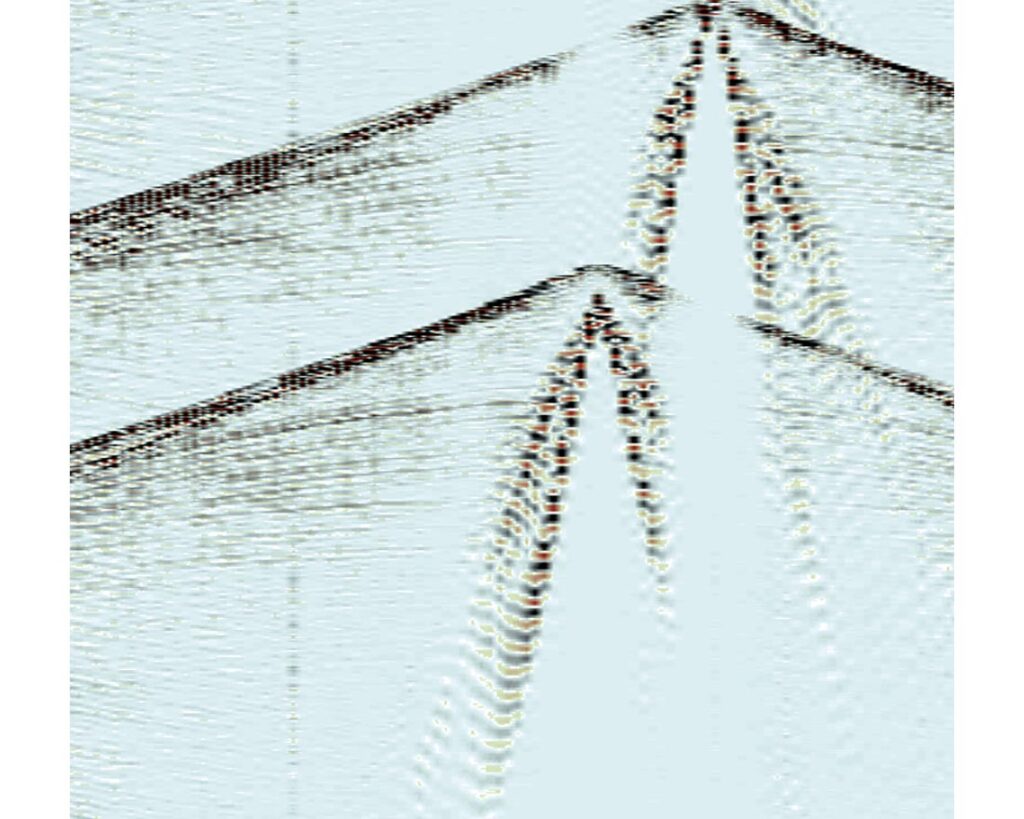
Figure 13. Example of simultaneous source shot record.
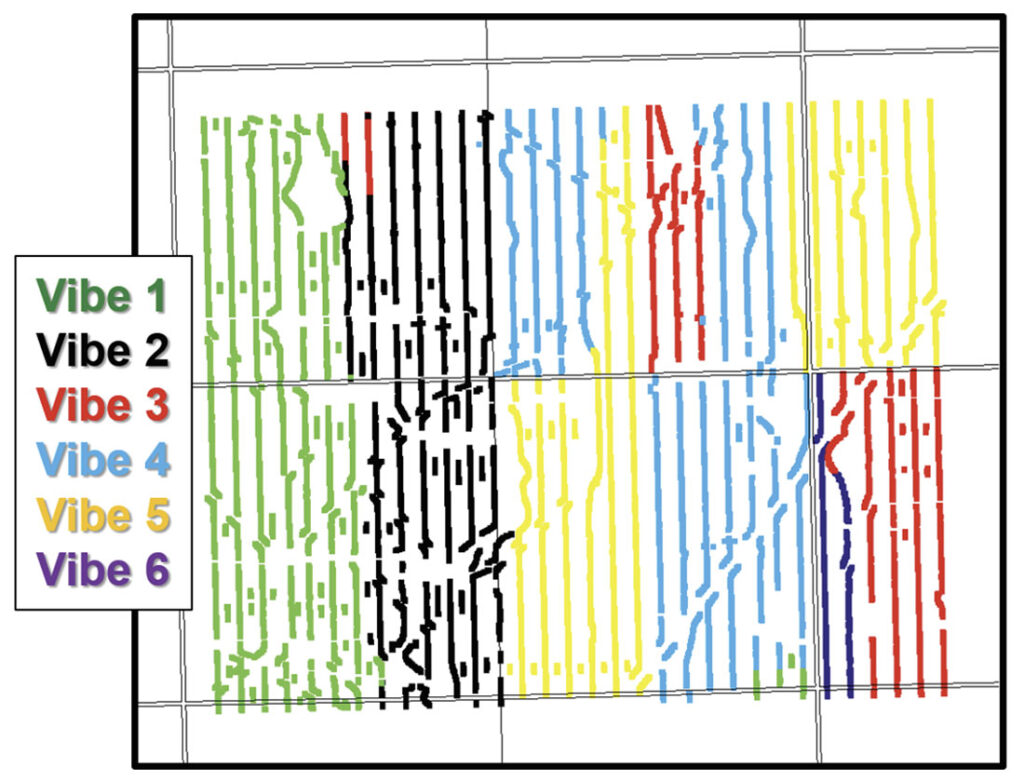
Figure 14. Simultaneous source test with six vibes acquiring 19,000 VPs in four days.
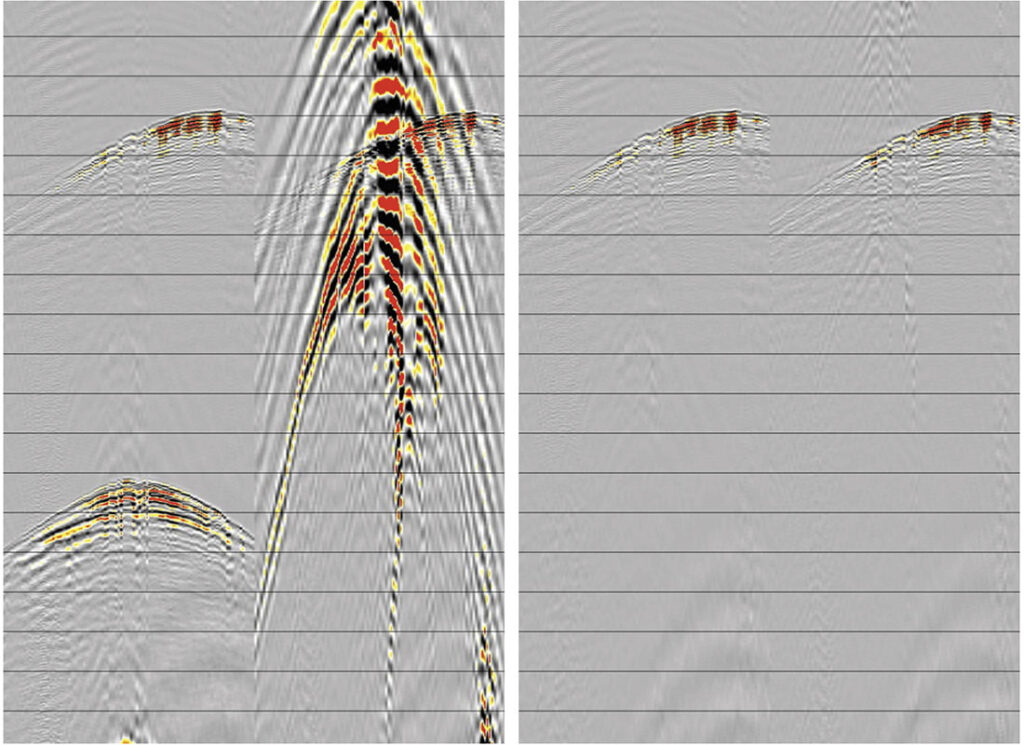
Figure 15. Shot record before deblending (left) and after deblending (right).
Various methods have been proposed to randomize acquisition geometry to increase trace diversity and improve interpolation/ reconstruction processes (e.g. midpoint scatter, Flexi-Bin®, randomization algorithms). Compressive sensing employs nonadaptive linear projections to preserve signal that is sampled at less than the Nyquist sampling interval (Baraniuk, 2007). By using a compressive sensing algorithm instead of randomization to optimize source and receiver locations, it is possible to acquire sparse data and then reconstruct it back to high density data in processing. The key is to optimize the geometry for the specific reconstruction processing algorithm. The challenge is to implement the optimal geometry in the field where line and station deviations due to exclusions and/or variation in terrain are common. Additionally, this method is dependent on the specific reconstruction algorithm to be utilized in processing.
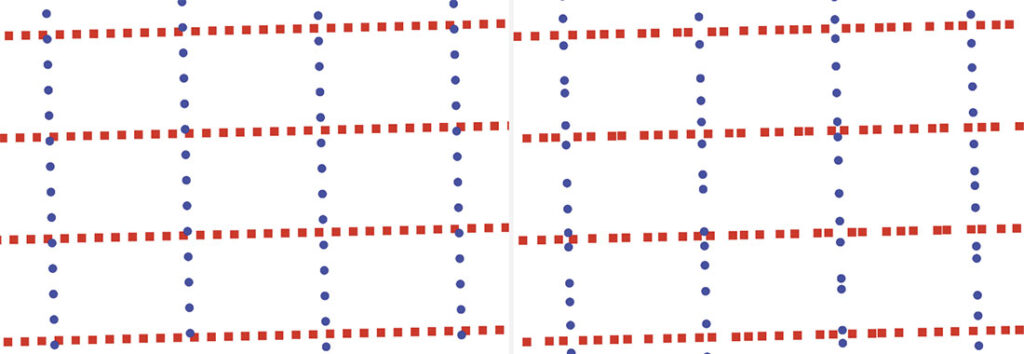
Figure 16. Regular survey geometry (left) and compressive sensing survey geometry utilizing the NUOS algorithm (right).
Research is ongoing to design optimal compressive sensing algorithms for selecting seismic acquisition geometries (see SEG 2017 Technical Program session ACQ 4: Compressive Sensing and Simultaneous Shooting Land/OBC for recent publications). One method, Non-uniform Optimal Sampling (NUOS) (Li, et al., 2012), is illustrated in Figure 16, where a regular geometry is optimized for reconstruction to smaller station intervals.
There are two considerations when implementing these “new-to- Canada” technologies: (1) to maximize benefit, the survey geometry should be optimized for the technology, (2) field testing is recommended to efficiently obtain the highest resolution data. The benefits of reducing station and line intervals are well understood (Figures 17 and 18), but the most cost-effective way to achieve this is not always apparent. Modeling studies (Figure 19) and decimation tests (Figure 20) are useful for determining optimal sampling geometry, but equipment optimization calculations (e.g. channels moved per day, VPs per vibe per hour) and field tests (e.g. vibroseis sweep parameters, slip time, simultaneous source distance separation) for signal optimization are equally important. When these are all implemented effectively, the resulting data provides significant benefits.
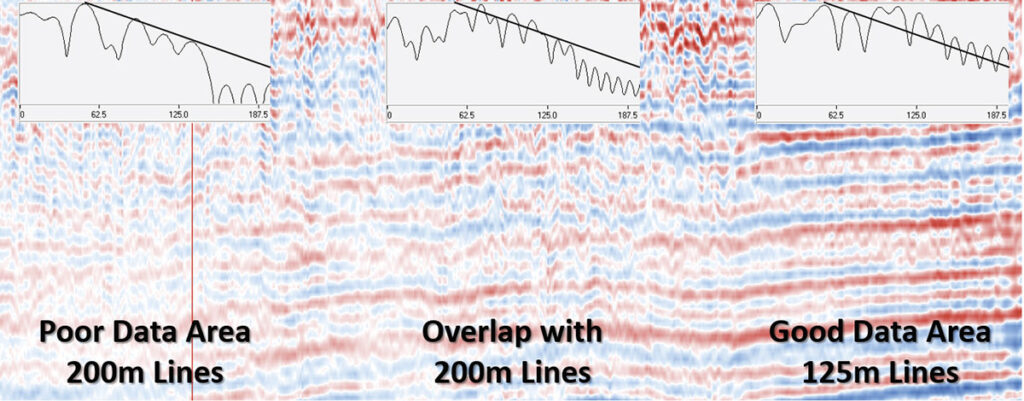
Figure 17. Reducing line and station intervals improves frequency content and data resolution.
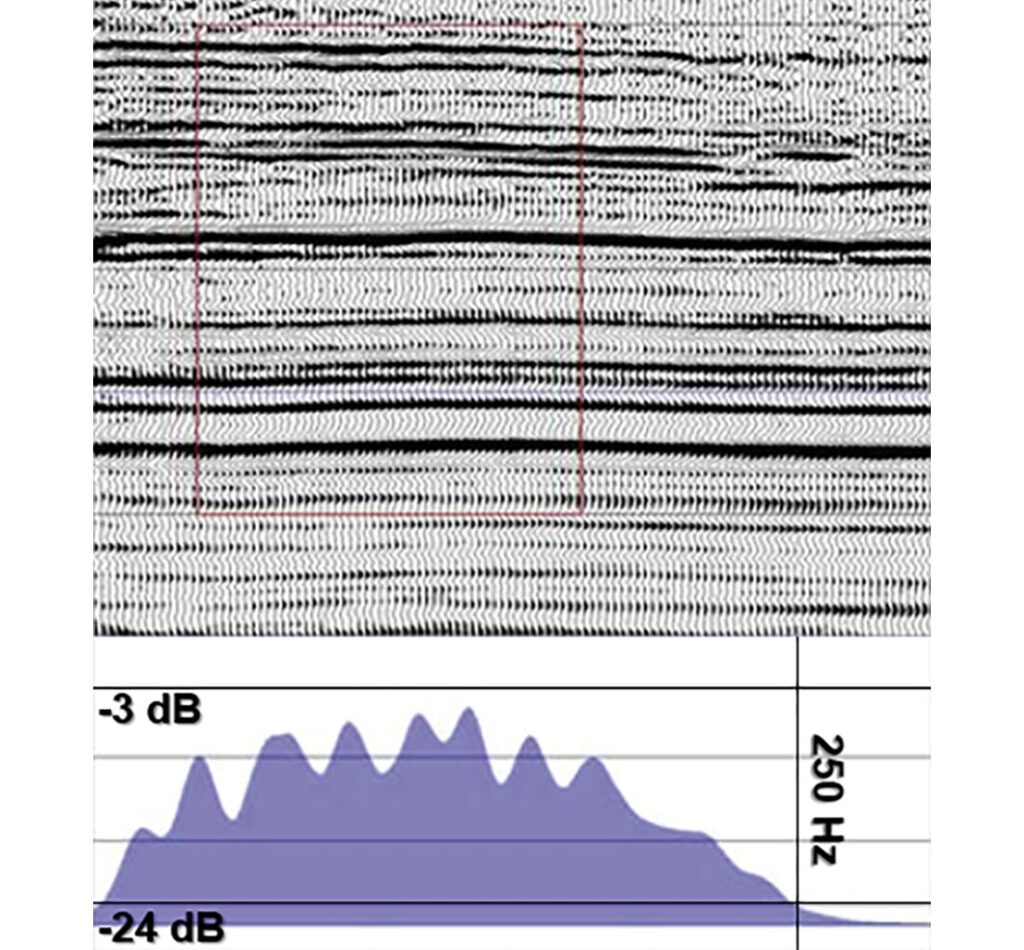
Figure 18. High resolution 3D with trace density = 2,800,000 tr/km2.
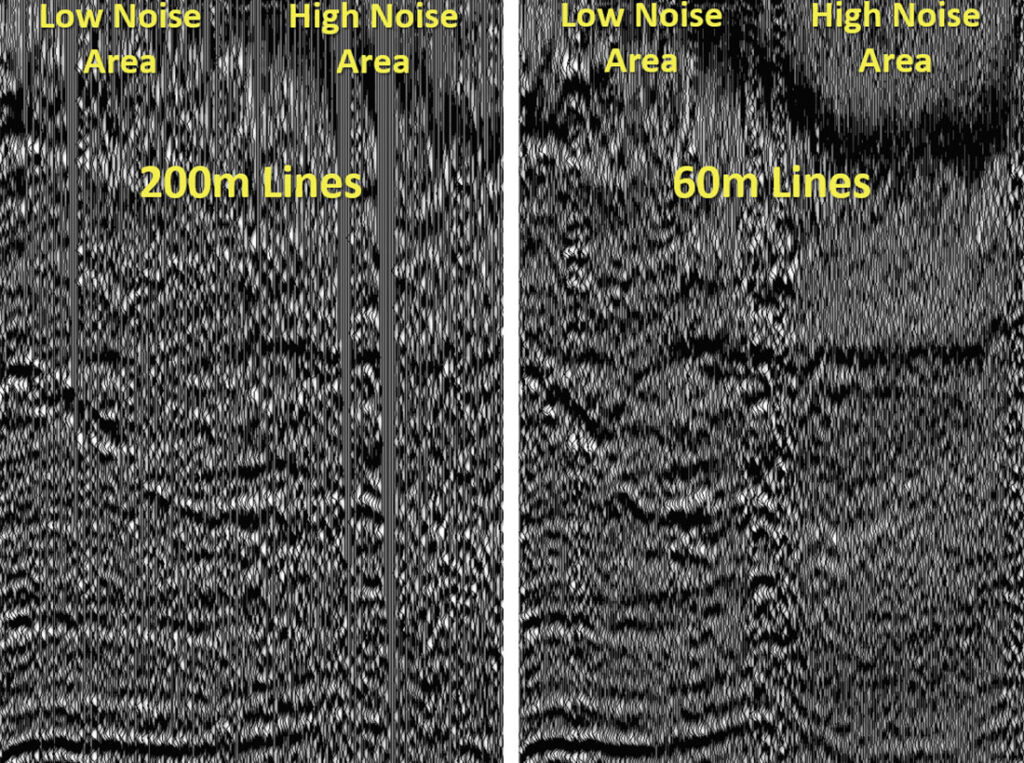
Figure 19. Modeling study comparing low/high noise areas for different geometries.
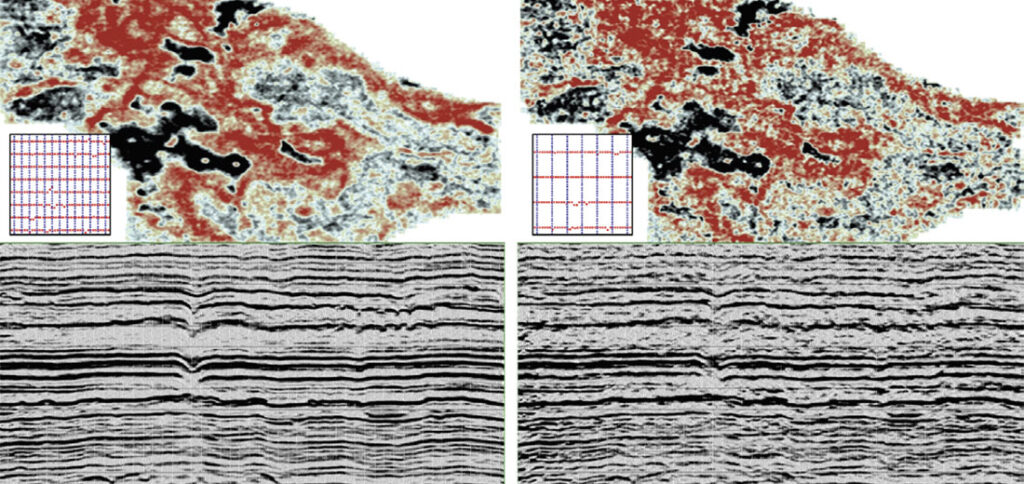
Figure 20. Decimation/Reconstruction testing after Ross and Zheng, 2018 CSEG Symposium.
The following examples in Figures 21 and 22 illustrate the improvement that can be achieved by utilizing these innovations. In the first example, standard practice within the survey area was to acquire seismic data with an explosive source utilizing large (50-75 m) source station intervals in order to minimize drilling costs. The only vibroseis program in the area was acquired with the same source station interval using conventional vibroseis acquisition methods with multiple vibes acquiring multiple sweeps at each source location. The new 3D survey was designed to utilize high-density, single vibe/single sweep, slip-sweep vibroseis acquisition with smaller source station intervals, source line, and receiver line intervals. The program also tested stake-less survey operations and was acquired with a 1.5 Hz start frequency. The new 3D had a 3x increase in fold (within the natural bin) and a 7.5x increase in target trace density (12x increase in nominal trace density = 33,000 tr/km2 to 400,000 tr/ km2) when compared with the adjacent explosive source survey. The results were phenomenal with a significant improvement in both low and high frequencies as well as an increase in resolution, which enabled the mapping of new targets and improved drilling results (Figure 21).
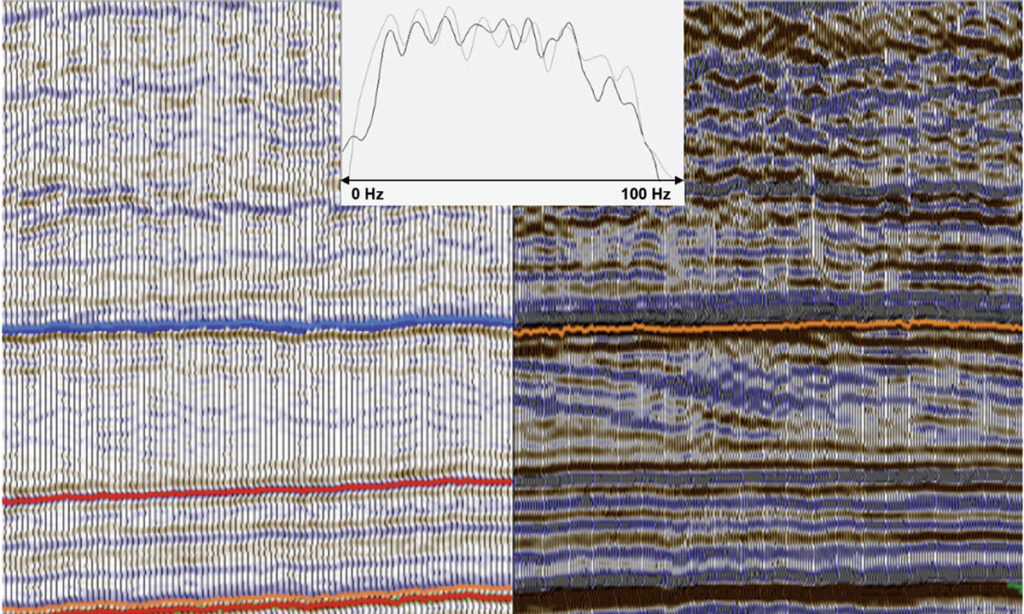
Figure 21. Comparison between an explosive survey (left, grey spectrum) and an adjacent high-density, slip-sweep vibroseis, stake-less survey (right, black spectrum) which had a 7.5x in target trace density. Note the improvement in low/high frequencies and resolution.
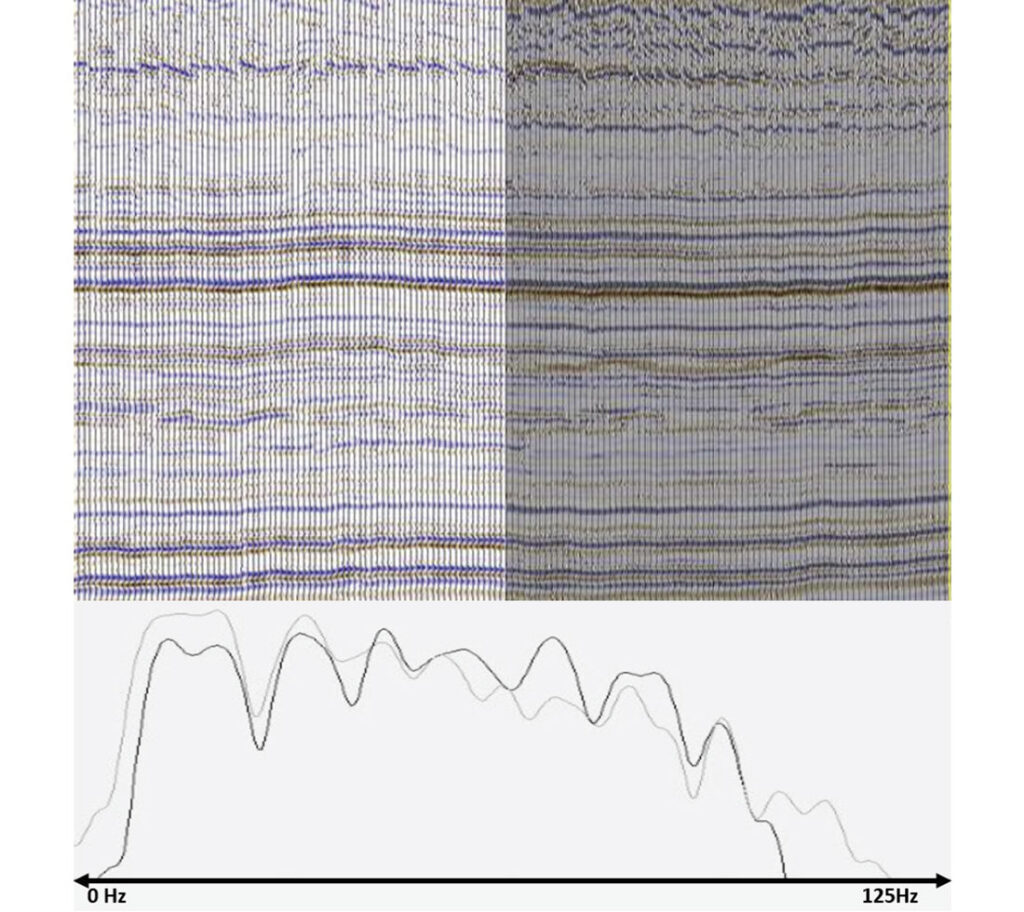
Figure 22. Comparison between an explosive survey (left, grey spectrum) and an adjacent high-density, slip-sweep vibroseis, stake-less survey (right, black spectrum) which had an 18x increase in target trace density. Note the improvement in low/high frequencies and resolution.
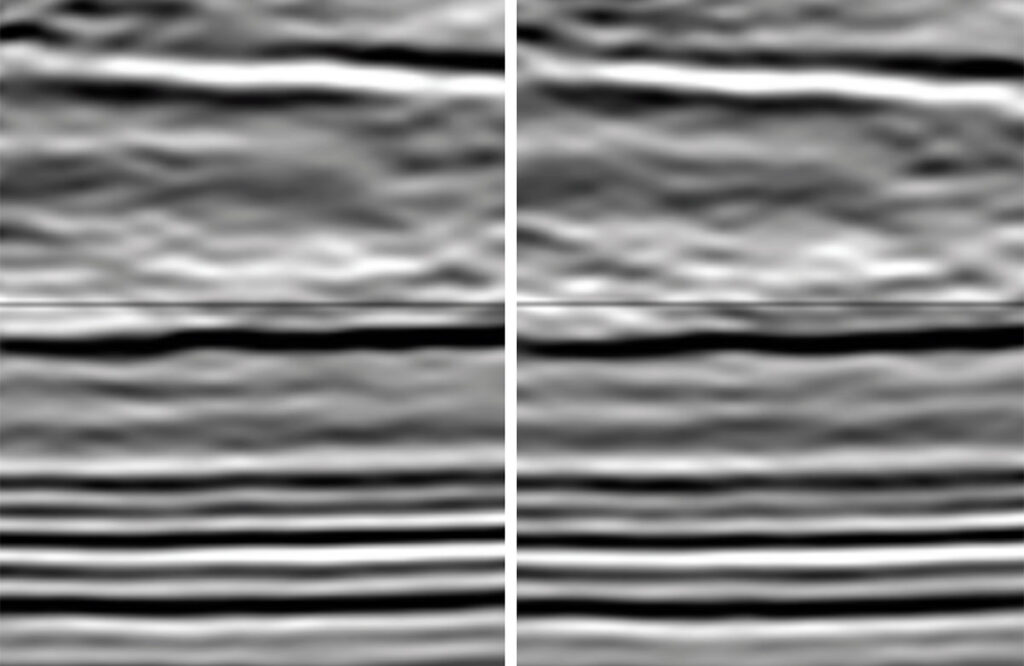
Figure 23. Comparison between a conventional vibroseis survey (left) and a simultaneous source vibroseis survey (right). The surveys were acquired in the same location using the same high-density geometry. Very little difference is observed with only a minor loss of amplitude on the simultaneous source data.
As seismic acquisition in Canada continues to evolve, it is expected that survey size and data volume will increase exponentially. This will require changes in data management to efficiently handle large volumes during transport, processing, and storage. Although challenging at times to acquire, process, and store, these large datasets result in significant interpretation and inversion improvements leading to more accurate and efficient drilling operations. In summary, here is a short list of benefits and considerations for each of the innovations highlighted in this article:
Benefits
Considerations
Benefits
Considerations
Benefits
Considerations
Slip Sweep
Benefits
Considerations
Benefits
Considerations
Benefits
Considerations
Thank you to the following companies for giving permission to share the results and/or for helping to acquire or process the data: Anonymous 1 & 2, Absolute Imaging, BHP Billiton, Crescent Point Energy, Eagle, Earth Signal, Echo Seismic, GeoKinetics, Geo-X, Key Seismic, OptiSeis™ Solutions Ltd., Pen & Trace Geoservices Inc., SAExploration, and Symroc.
